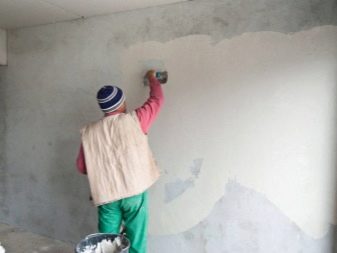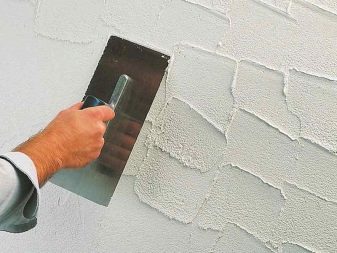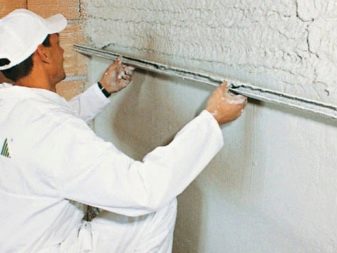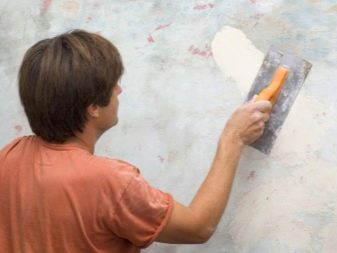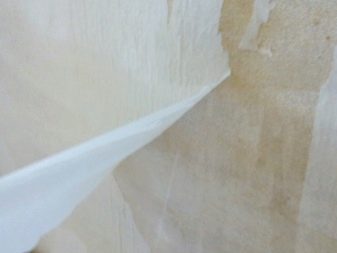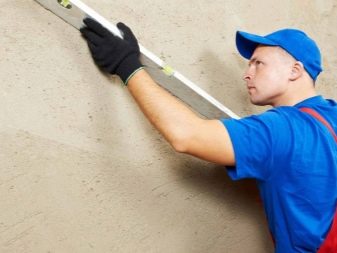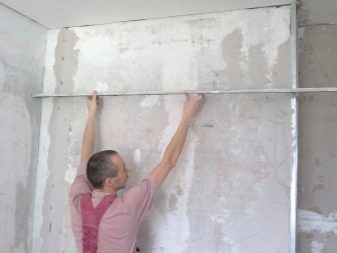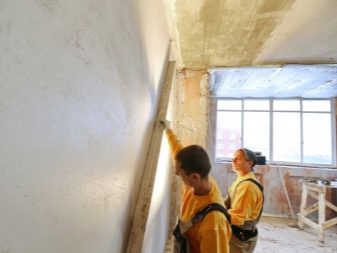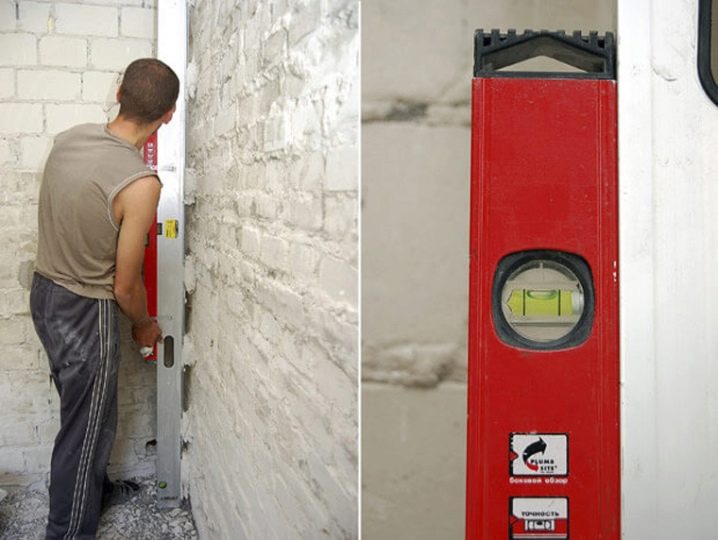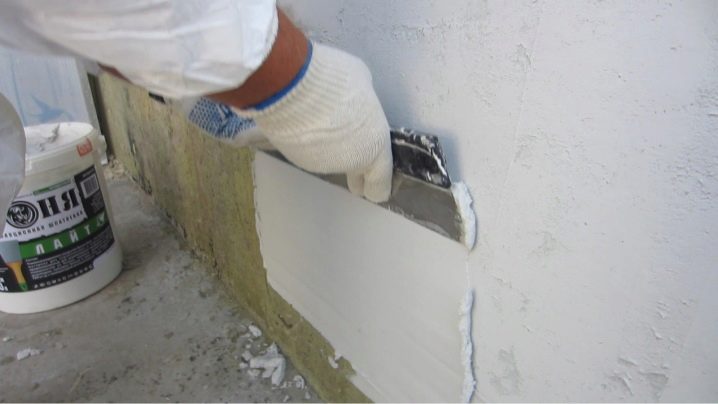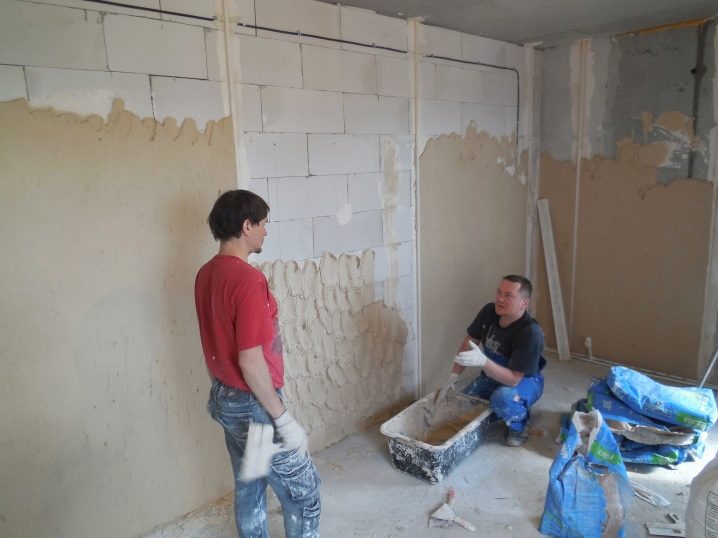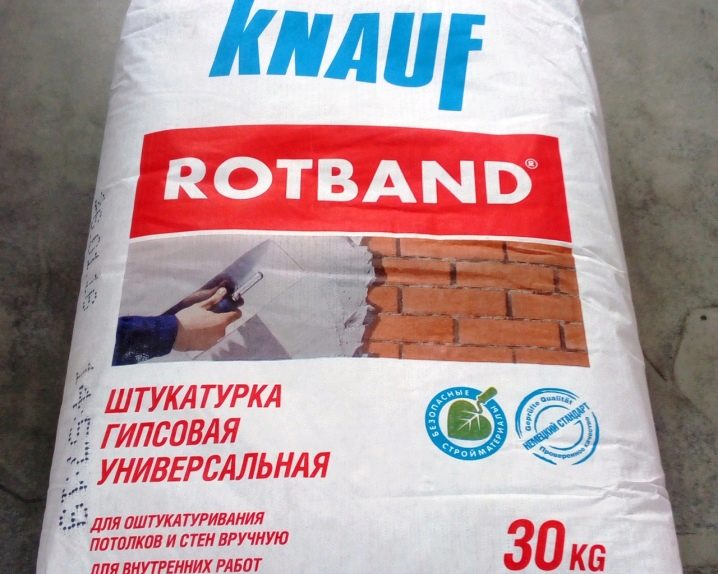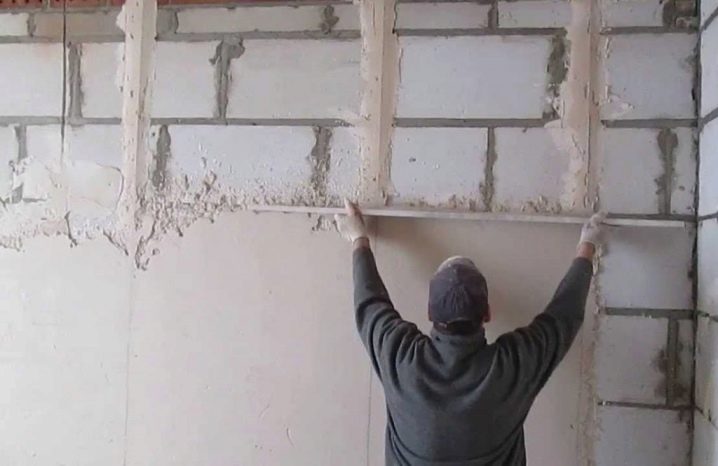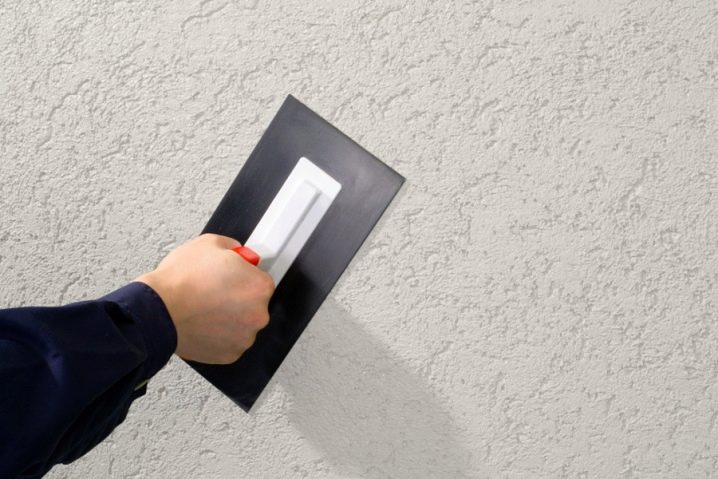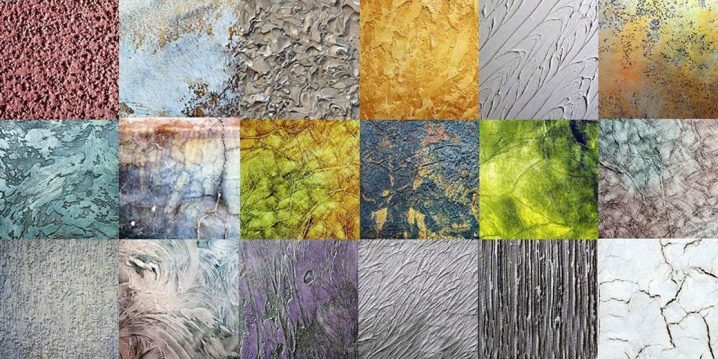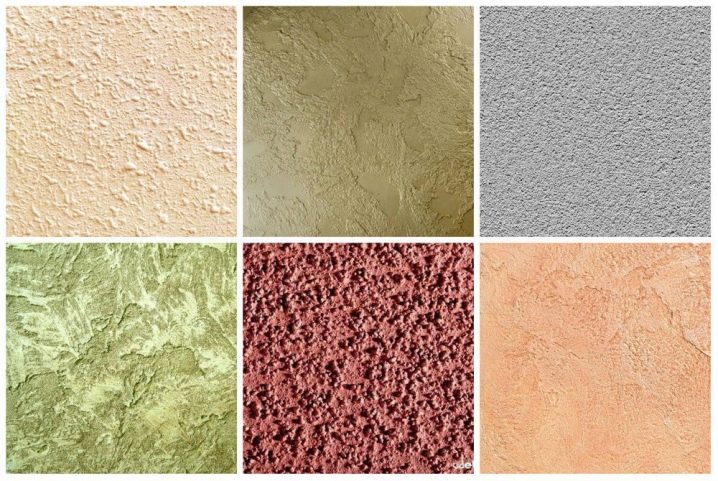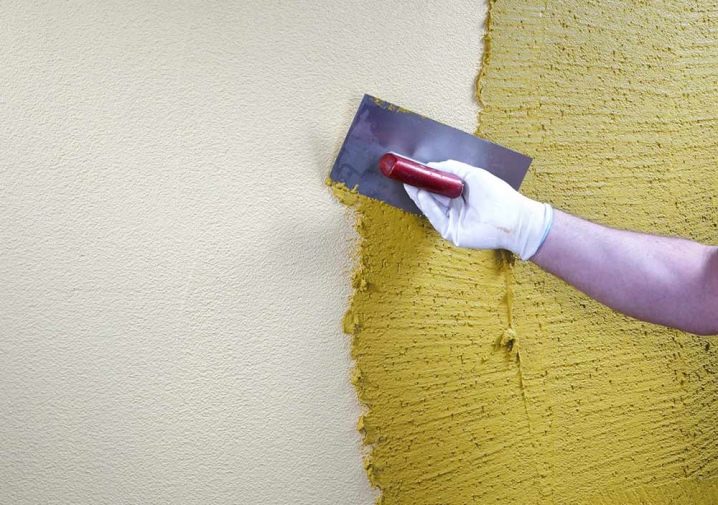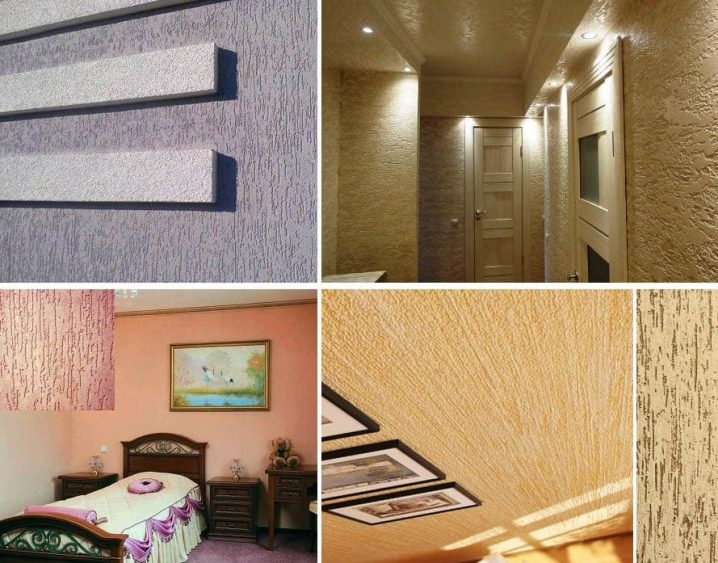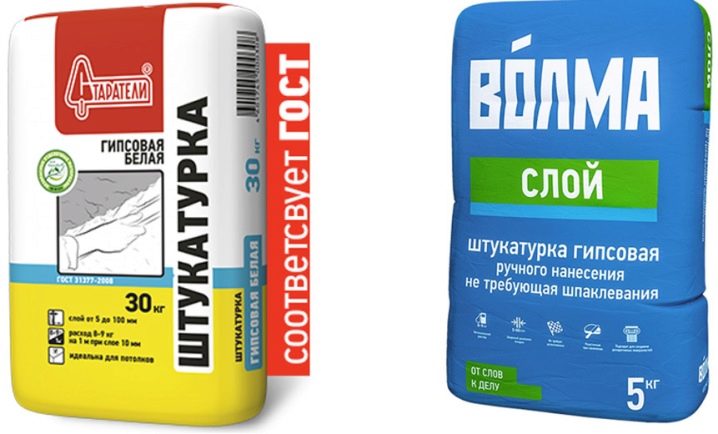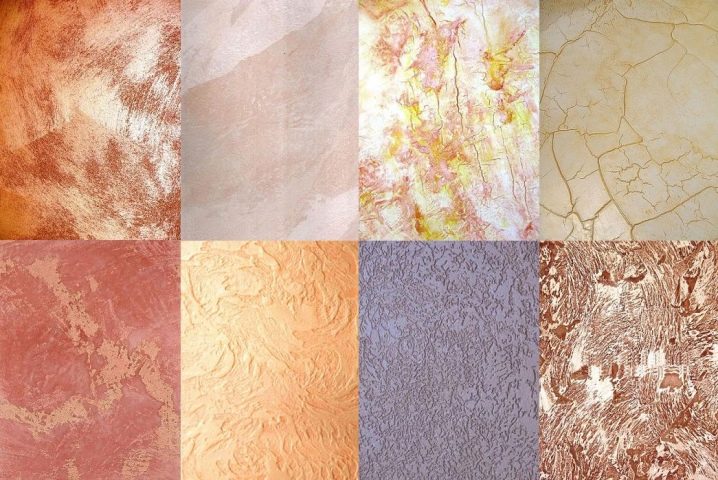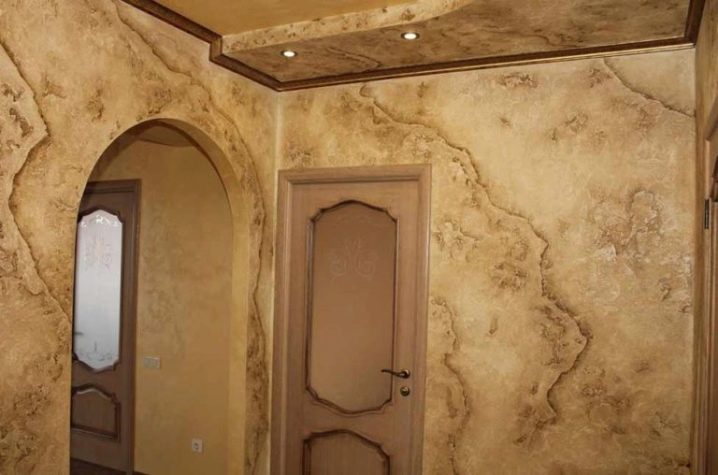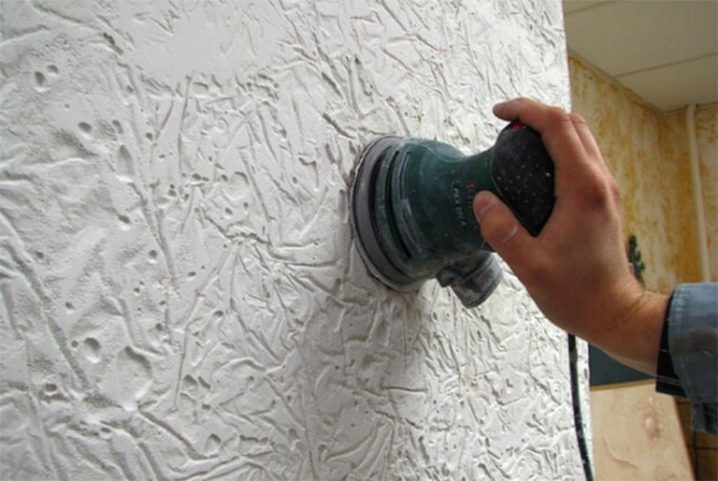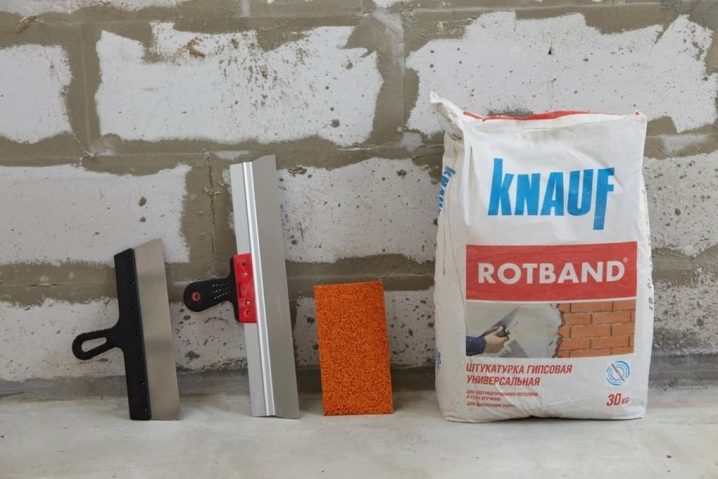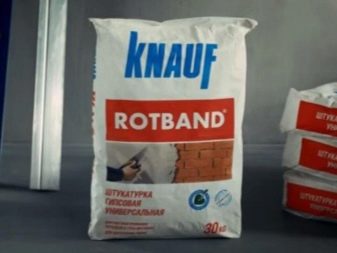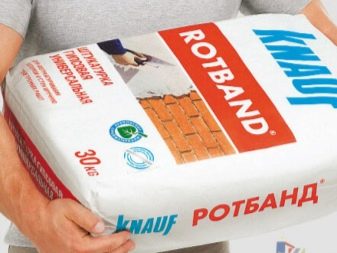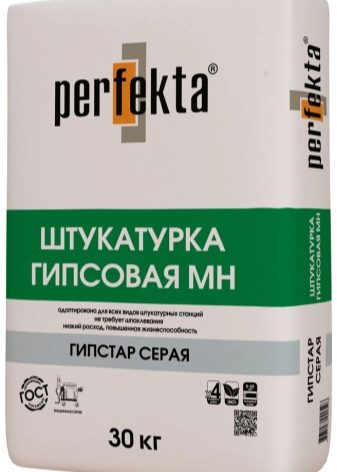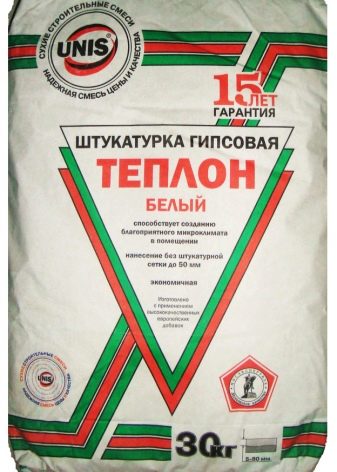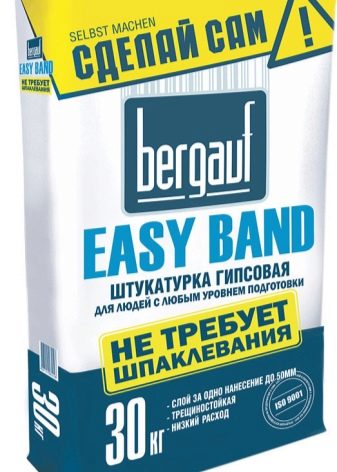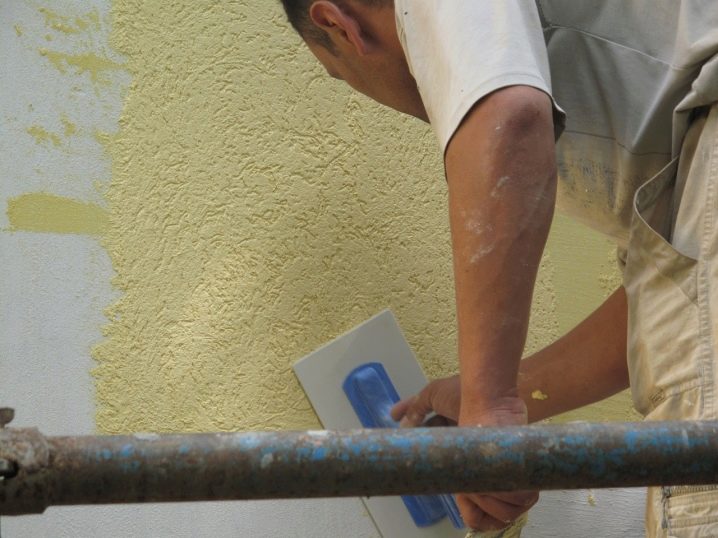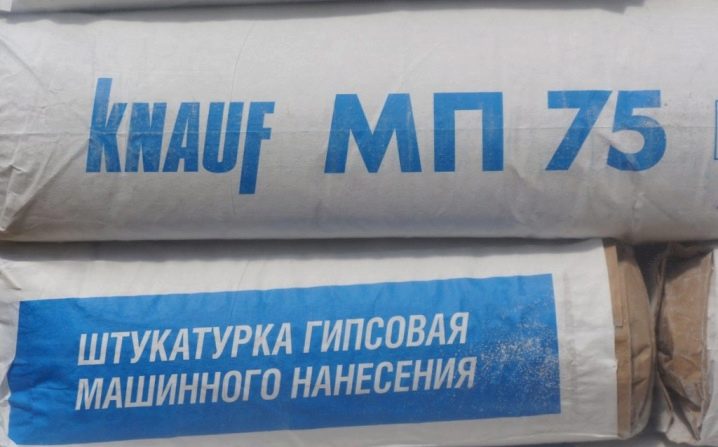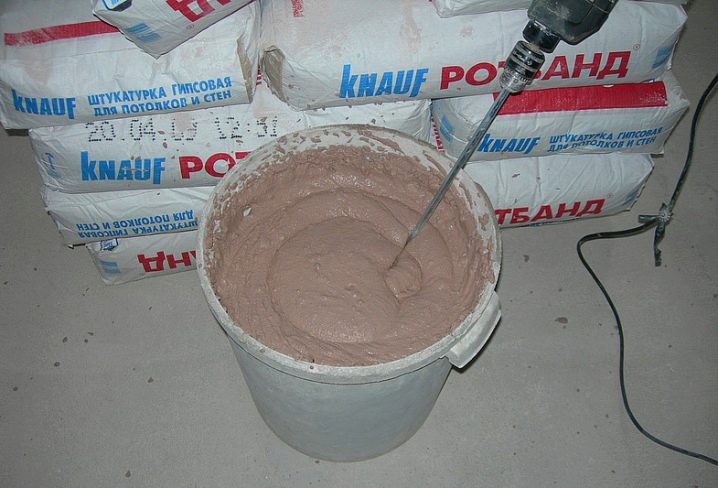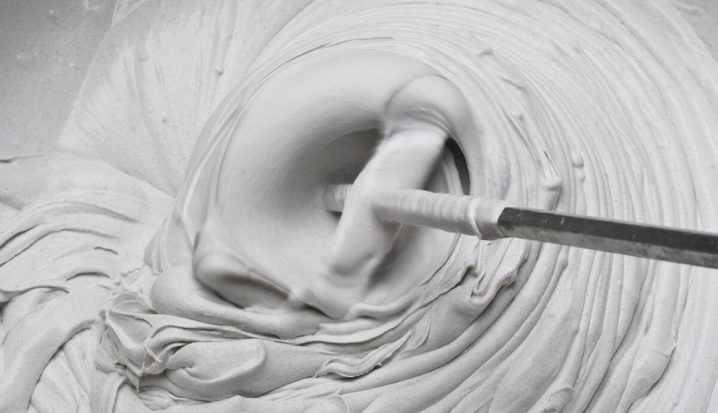Consumption of gypsum plaster per 1 m2 wall
Without plastered walls can not be full repair. It is also impossible to start doing something if the quantity of the necessary material is not counted and a full estimate is not made. The ability to avoid unnecessary expenses by properly making a calculation and putting in a plan of work is all a sign of professionalism and a serious attitude to business.
Cost estimate
Apartment repair is a necessary and very responsible business. It is impossible to do without certain professional knowledge and skills in practical work. Repair work should be entrusted to specialists, and it is recommended that you do the calculation yourself. In this case, it is not forbidden to seek advice from a person who has practical experience in the field of apartment renovation.
To understand how much material is needed, it is first recommended to determine the curvature of the walls. To do this, thoroughly clean the surface of old wallpaper, dirt and dust, pieces of old plaster, and tap it with a hammer to reveal hollow fragments, then attach a perfectly flat two-meter rail or bubble construction level to it. Normal deviation even in vertical planes with a height of 2.5 meters can be up to 3-4 cm. Such facts are not unusual and are quite common, especially in the buildings of the 60s of the last century.
It is also important to determine which plaster mix will be used: gypsum or cement. The difference in prices for different construction compositions is quite substantial, and for work it will take more than one or two bags.
So, in order to calculate plaster consumption for each concrete wall with a good approximation, you should decide how thick the layer of plaster will be.
Counting technology
The task of counting the amount of material is solved easily. The wall is divided into segments, in each of which the main criterion will be the thickness of the future layer of plaster.By placing the beacons under the level, fixing them, you can calculate with the approximation of up to 10% the amount of material that will be needed.
The thickness of the differential will need to be multiplied by the areawhich you need to plaster, then the resulting amount should be multiplied by the density of the material (it can be viewed on the Internet).
Often there are such options when a drop (dredging) near the ceiling can be equal to 1 cm, and near the floor - 3 cm.
It might look something like this:
- 1 cm layer - per 1 m2;
- 1 cm - 2 m2;
- 2 cm - 3 m2;
- 2.5 cm-1 m2;
- 3 cm - 2 m2;
- 3.5 cm - 1 m2.
For each layer thickness there is a certain number of square meters. A table is compiled in which all segments are brought together.
Each block is calculated, then they all add up, with the result that is the desired amount. It is recommended to add an error to the amount received, for example, the basic figure is 20 kg of the mixture, 10-15% is added to it, that is, 2 -3 kg.
Features of the compositions
It is necessary to take into account the packaging offered by the manufacturer. Only then you can understand how many bags you need, the total weight. For example, 200 kg is divided by the weight of the bag (30 kg). Thus it turns out 6 bags and the number 6 in the period.Be sure to round off the fraction number - upwards.
Cement-based mortar is used for the primary processing of walls. Its average thickness is about 2 cm. If it is larger, then in this case it is necessary to consider the issue of attaching a netting to the wall.
Thick layers of plaster must “rely” on something solid, otherwise they will deform under their own weight, and bulges will appear on the walls. It is also likely that in a month the plaster will begin to crack. The lower and upper layers of cement mortar dry unevenly, therefore, inevitable processes of deformation, which can adversely affect the appearance of the coating.
The thicker the layers present on walls without a grid, the greater the likelihood that such a nuisance can occur.
The consumption rate per 1 m2 is not more than 18 kg, therefore it is recommended to keep this indicator in mind when carrying out and planning work.
Gypsum solution has a lower density, and accordingly, and weight. The material has a plastic unique characteristics, suitable for many works.It is often used not only for interior decoration, but also for facade work.
On average, it takes about 10 kg of gypsum mortar per 1 m2, if we assume a layer thickness of 1 cm.
There is also decorative plaster. It is worth a lot of money, and usually use it only for finishing finishing works. This material leaves about 8 kg per 1 m2.
Decorative plaster can successfully imitate the texture:
- stones;
- wood;
- skin.
She usually leaves only about 2 kg per 1 m2.
Structural plaster is made on the basis of various resins: acrylic, epoxy. It also includes cement base additives and gypsum mixes.
Its distinctive quality is the presence of a beautiful pattern.
Bark beetle plaster has received wide distribution in the territory of the countries of the former USSR. Consumption of this material is usually up to 4 kg per 1 m2. Great influence on the amount of plaster consumed has a grain of various sizes, as well as the thickness of the layer that is applied.
Consumption rates:
- for the fraction of 1 mm in size - 2.4-3.5 kg / m2;
- for a fraction of 2 mm in size - 5.1-6.3 kg / m2;
- for a fraction of 3 mm in size - 7.2–9 kg / m2.
The thickness of the working surface will be from 1 cm to 3 cm
Each manufacturer has its own "flavor"Therefore, before starting to prepare the composition, it is recommended to get acquainted in detail with the instruction sheet - the instruction attached to each item.
If you take a similar plaster from the company "Miners" and "Volma layer", the difference will be significant: an average of 25%.
Also very popular "Venetian" - Venetian plaster.
It imitates natural stone very well:
- marble;
- granite;
- basalt.
The surface of the wall after applying Venetian plaster effectively overflows with different shades - it looks very attractive. On 1 m2 - at the rate of a layer thickness of 10 mm - only about 200 grams of the composition will be required. Apply it should be on the surface of the wall, which is perfectly aligned.
Consumption rates:
- for 1 cm - 72 g;
- 2 cm - 145 g;
- 3 cm - 215 g
Examples of material consumption
According to SNiP 3.06.01-87, a deviation of 1 m2 permissible only a maximum of 3 mm. Therefore, all that is greater than 3 mm should be adjusted.
As an example, consider the consumption of plaster Rotband. It is written on the package that one layer requires about 10 kg of the mixture, if it is necessary to level the surface of 3.9 x 3 m in size.The wall at the same time has a deviation of about 5 cm. Having calculated, we obtain five areas with a step of 1 cm.
- the total height of the "beacons" 16 cm;
- the average thickness of the solution is 16 x 5 = 80 cm;
- required per 1 m2 - 30 kg;
- wall area 3.9 x 3 = 11.7 m2;
- The required amount of a mixture of 30x11.7 m2 - 351 kg.
Total: this work will require at least 12 bags of material weighing 30 kg. We'll have to order the car and movers to deliver everything to the destination.
Different manufacturers have different consumption standards per 1 m2 of surface:
- “Volma” gypsum plaster - 8.6 kg;
- Perfekta - 8.1 kg;
- "Stone Flower" - 9 kg;
- UNIS guarantees: a layer of 1 cm is enough - 8.6-9.2 kg;
- Bergauf (Russia) - 12-13.2 kg;
- "Rotband" - not less than 10 kg:
- IVSIL (Russia) - 10-11.1 kg.
Such information is enough to 80% calculate the required quantities of material.
In rooms where such plaster is used, the microclimate becomes noticeably better: gypsum “takes over” excess moisture.
There are only two main factors:
- surface curvature;
- the type of compound that will be applied to the walls.
For a long time, one of the best types of gypsum plaster is considered "Knauf-MP 75" machine application. The layer is applied up to 5 cm. Standard consumption - 10.1 kg per 1 m2. Such material is delivered in bulk - from 10 tons.This composition is good in that it contains various additives from high-quality polymers, which increases its adhesion coefficient.
Useful tips
On specialized sites for the sale of building materials there are always online calculators - a very useful tool that allows you to calculate the amount of material, based on its features.
To increase the effectiveness of the plaster composition, instead of standard cement-gypsum mixtures, often commercially manufactured dry compositions are used, such as Volma or KNAUF Rotoband. It is also allowed to make a mixture by hand.
The thermal conductivity of gypsum plaster is 0.23 W / m * C, and the thermal conductivity of cement is 0.9 W / m * C. After analyzing the data, we can conclude that gypsum is a “warmer” material. This is especially felt if you hold your hand over the surface of the wall.
The composition of gypsum plaster add a special filler and various additives from polymers, which allows to reduce the consumption of the composition and be more plastic. Polymers also increase adhesion.
About the use and consumption of Knauf Rotband plaster see below.

